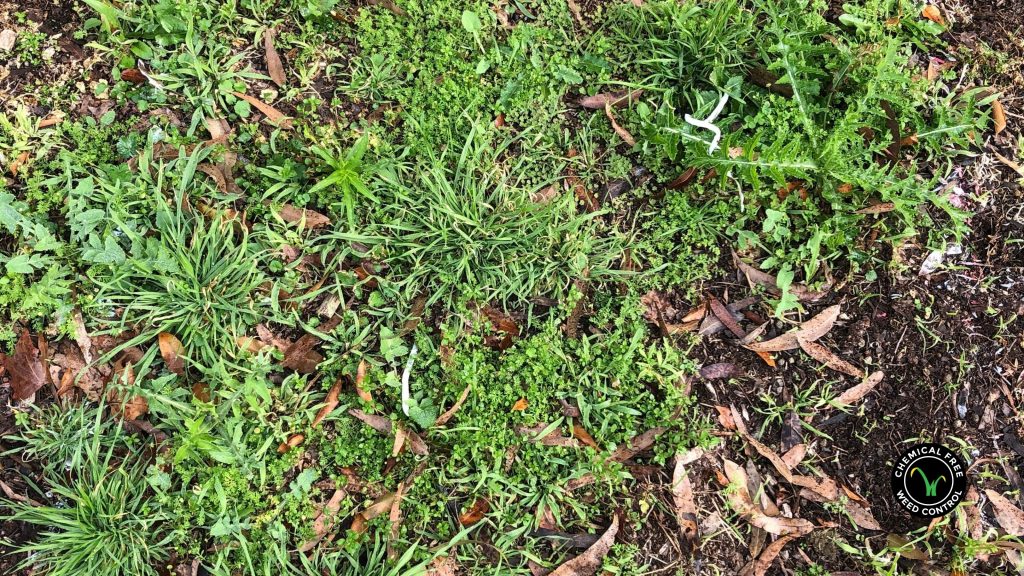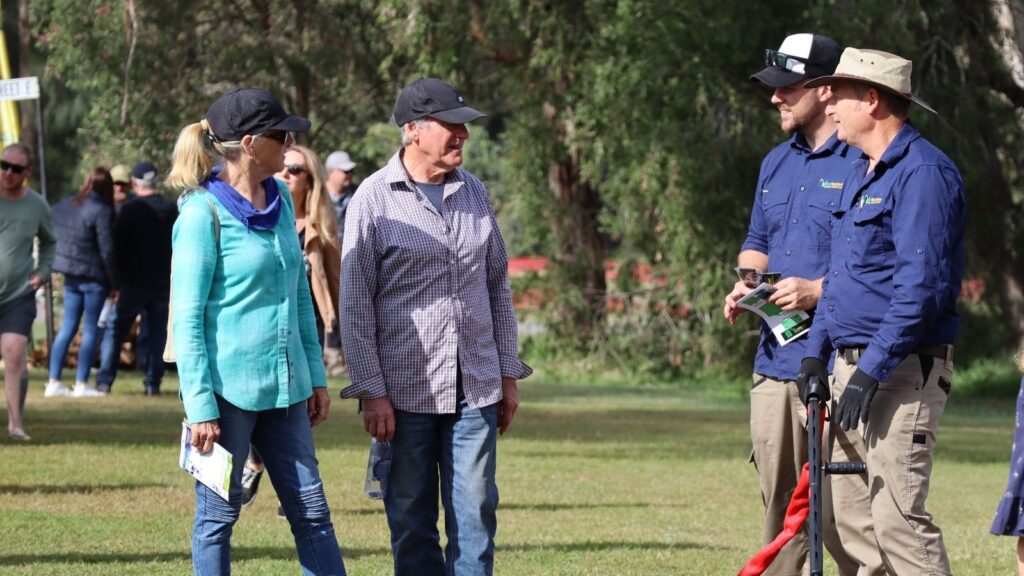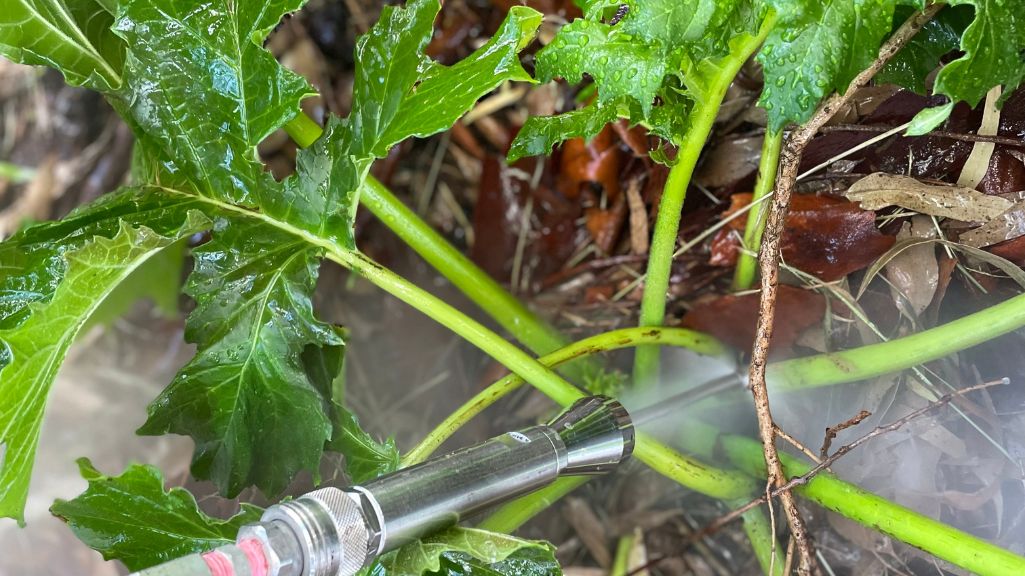Is Satusteam™ A Paradigm Shift?
About the Author : Jeremy Winer
Jeremy Winer has 30 years of practical experience in implementing integrated holistic approach to organic weed management across urban landscapes, recreational parklands and wetlands. He currently runs Weedtechnics specialising in providing chemical reduction and non-toxic weed control programs to municipalities across Australia. He has developed, patented, manufactured, and commercialised the Steamwand method of creating saturated steam for vegetation control.
Labels
- Effective Steam Weeding for Sensitive Garden Beds
- Are you considering organic herbicides?
- A Hidden Threat to Human Health and the Environment- Herbicides
- The Growing Demand for Non-Chemical Weed Control: Why Landscape Contractors Should Consider Satusteam™ technology
- Saturated Steam Weeding: A Profitable and Sustainable Business Opportunity
- Toxin-Free Weed Control with Weedtechnics’ Patented Steam Weeding Technolog









